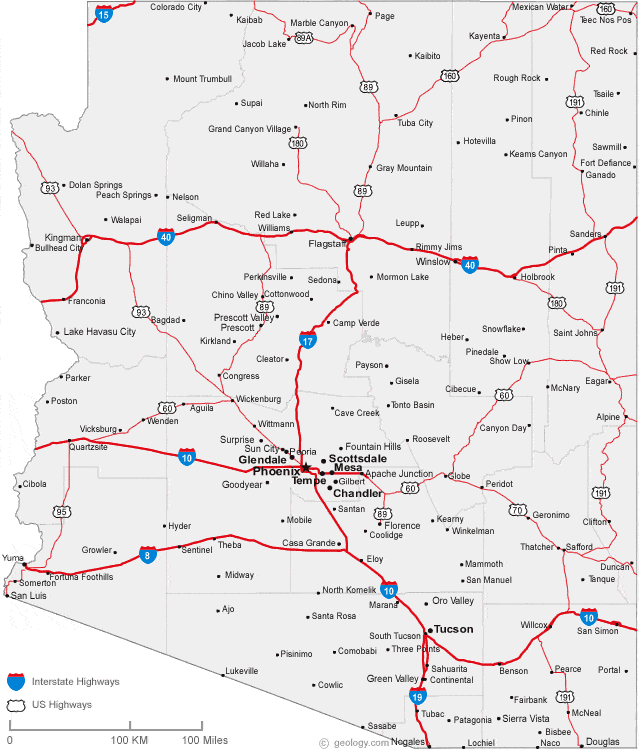Samuel Lipson is a sophomore Bodenhamer Fellow from Fayetteville, Arkansas who is studying management and information systems in the Walton College of Business. He is an active member of the Associated Student Government Cabinet, Leadership Walton, and the Honors College Ambassadors. He works as a peer writing tutor at the Walton Business Communications Lab. Upon graduation, he wants to enter a corporate leadership role in a service industry.
 Over the past two years, Arizona’s senators have been a peculiar case for the Republican Party. Until only two months ago, one seat was held by the late John McCain; the other is still held by Jeff Flake, two of the most notable dissidents to Trump’s agenda in the Republican Party. Furthermore, John Kyl, McCain’s replacement, is only projected to vote with Trump marginally more than McCain did. Last year, Flake announced his retirement, citing divisive Trump rhetoric and his own battles with the president for creating a climate in which he would be unable to win his primary.
Over the past two years, Arizona’s senators have been a peculiar case for the Republican Party. Until only two months ago, one seat was held by the late John McCain; the other is still held by Jeff Flake, two of the most notable dissidents to Trump’s agenda in the Republican Party. Furthermore, John Kyl, McCain’s replacement, is only projected to vote with Trump marginally more than McCain did. Last year, Flake announced his retirement, citing divisive Trump rhetoric and his own battles with the president for creating a climate in which he would be unable to win his primary.
This background, combined with a tumultuous national situation for Republicans, has created a competitive landscape in Arizona that Democrats are looking to capitalize on. The battle is between Republican Martha McSally and Democrat Kyrsten Sinema. Both are incumbents in the U.S. House of Representatives. As Flake predicted, the Republican challenger has voted with Trump’s agenda on practically every issue, although Sinema has only done so about 60% of the time. Interestingly, Trump approval itself in Arizona has plummeted by more than 20 points, and the state now has a negative net approval rating of the president.
Polling shows Sinema holding a small but consistent lead over McSally, but the number of undecided voters is significant. As for how Arizona has voted in the past, in the 2016 exit polls, Arizona went purple for the first time in recent history; Arizonan women, particularly Hispanic ones, voted on the majority for Clinton. Other demographic classifications Clinton carried include ages 18-44, non-white, postgraduates, independent-voting women, and lower-income individuals, all by significant margins. It is a reasonable expectation that turnout of these groups is a necessity for Sinema. However, polling is only part of the situation. Per OpenSecrets, Sinema has raised nearly $3 million more than McSally. Both still have a significant amount of cash-on-hand, but McSally does have about $1 million more than her opponent.
So how is that money being spent? A look at McSally’s website shows that her primary appeals to voters tout the qualifications she has earned through her service in the military and to veterans in Congress. In a state that had a consistent history of support for war hero John McCain, such an approach is proving to be competitive. She is also riding off of the support of President Trump, who endorsed her at a rally earlier this week. Her advertisements consist almost exclusively of military messaging and attacks on Sinema.
As for Sinema, she does share notable policy similarities with her opponent, but her campaign has a profoundly different style and target. Her campaign website and some of her advertisements are available in Spanish, likely to show support for the sizeable Hispanic population; McSally’s communications outreach, on the other hand, are not. Sinema’s advertisements attempt to identify with the struggles of citizens and how to fix them rather than going on the offensive. She has avoided identifying as a “proud Democrat”, instead saying she is a “proud Arizonan” and remarking on party polarization, seeing it as problematic. This could help her gain support from independents and moderate conservatives in the coming weeks. She has also gained the support of local news outlet Arizona Republic, which has not supported a Democratic senator in nearly two decades.
So, who stands the best chance of winning? Even with two weeks left, this competitive race still has the potential for upsets. However, Sinema’s continued edge in polling, impressive monetary figures, support of the Hispanic population, and more emotionally tempered campaigning probably give her the edge at this juncture, particularly if she gets non-white Arizonans out to vote.
